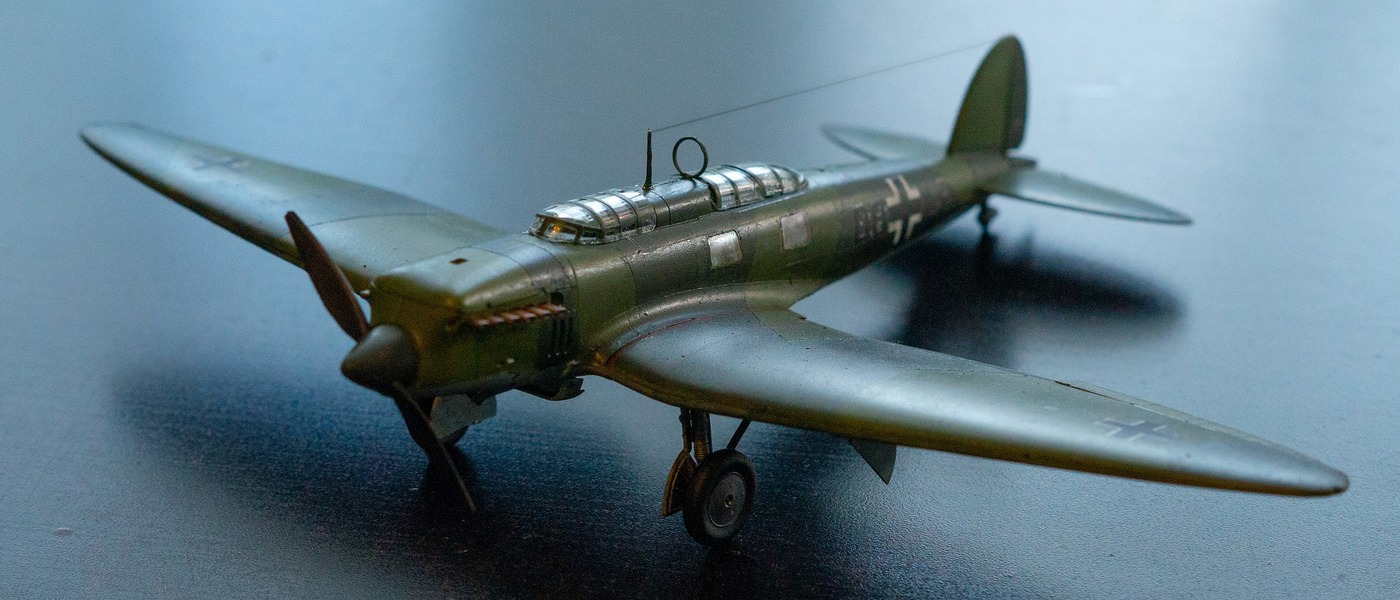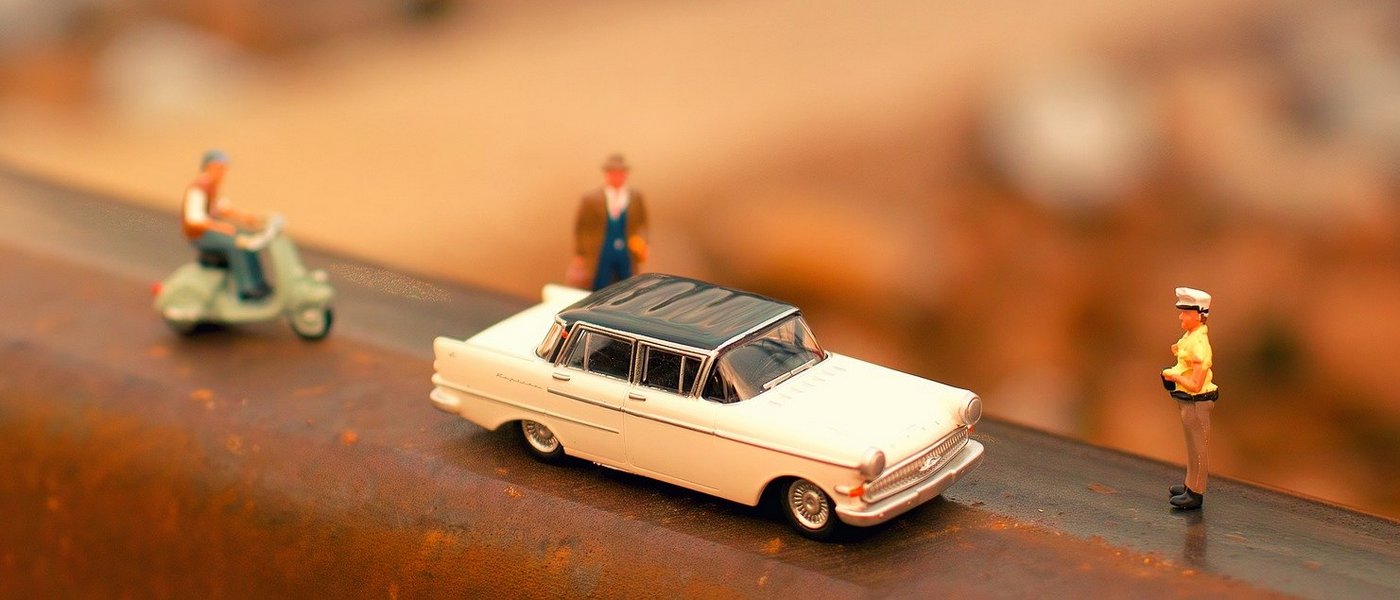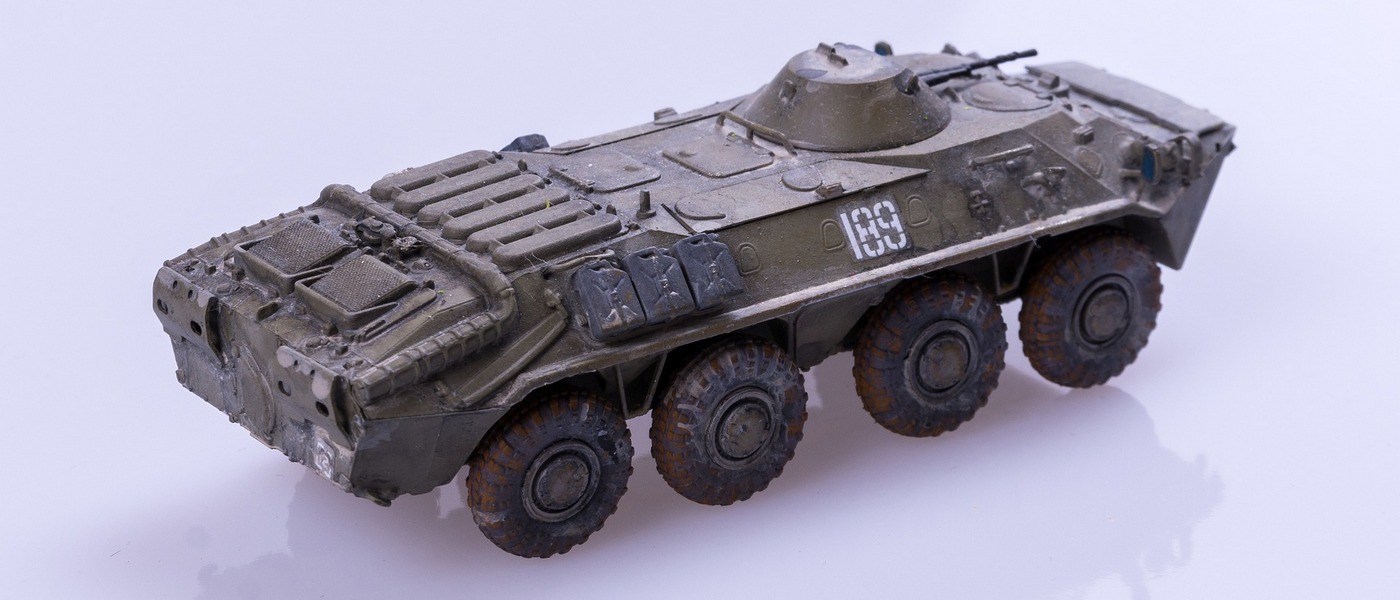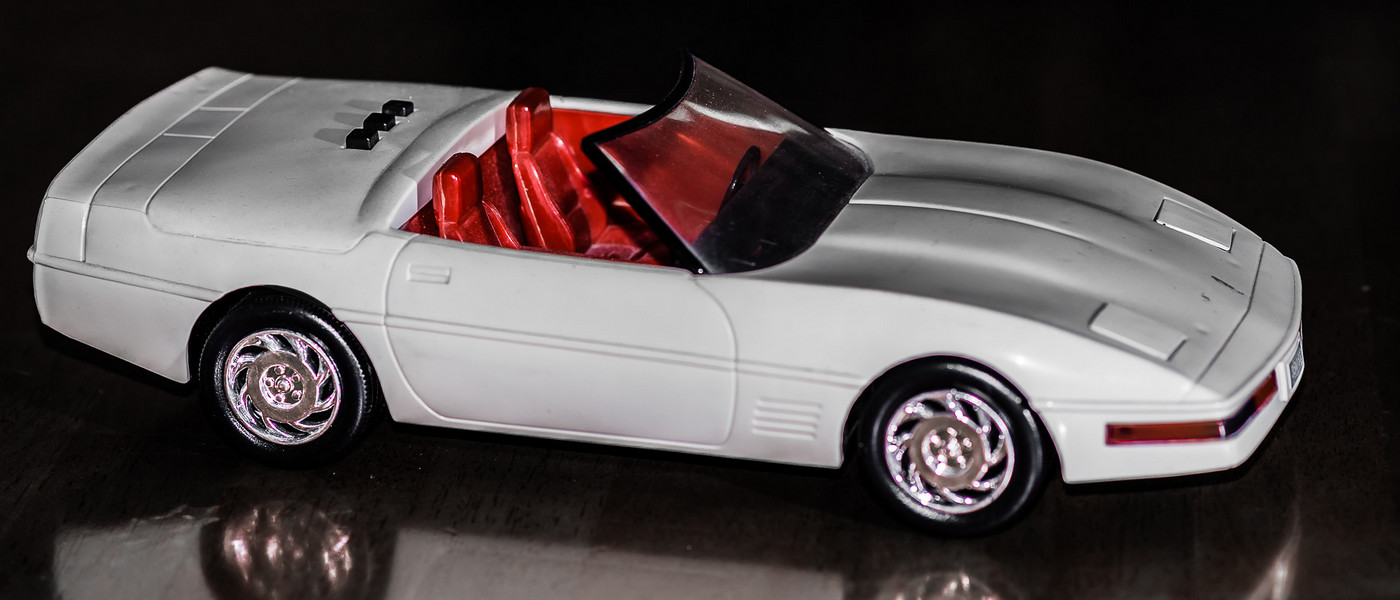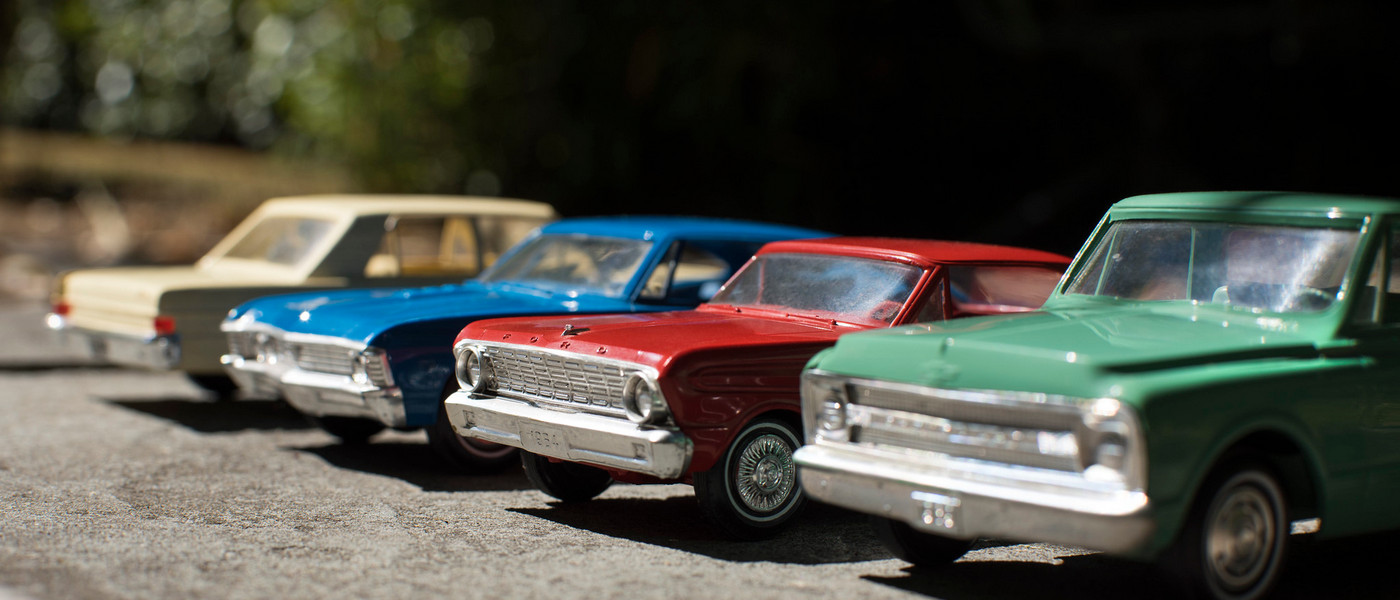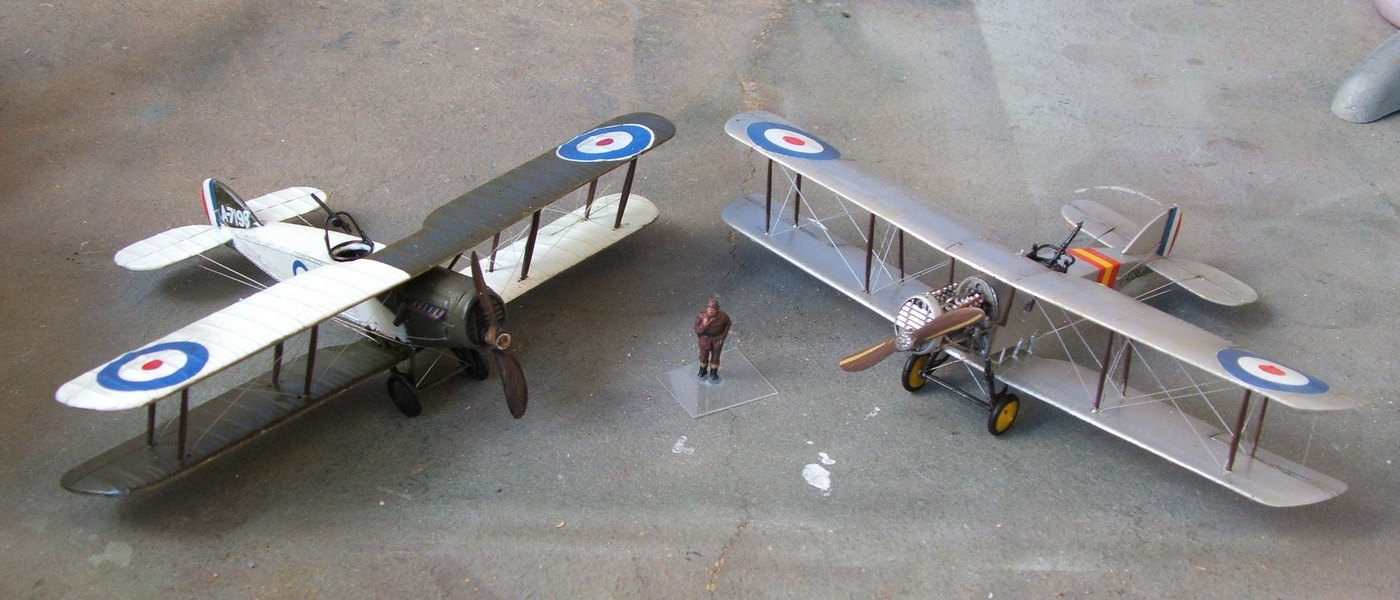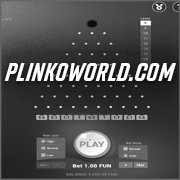Modeling is an all-encompassing hobby that combines many types of creativity at the same time, the study of history, technology and architecture. This measured, pacifying, almost meditative lesson involves assembling scale models and models of various types of transport and architectural structures from various (sometimes handy, sometimes specially prepared) materials. Considering a large selection of model topics and a significantly different complexity of assembly, modeling is great for both adults and children, as well as for spending time together.
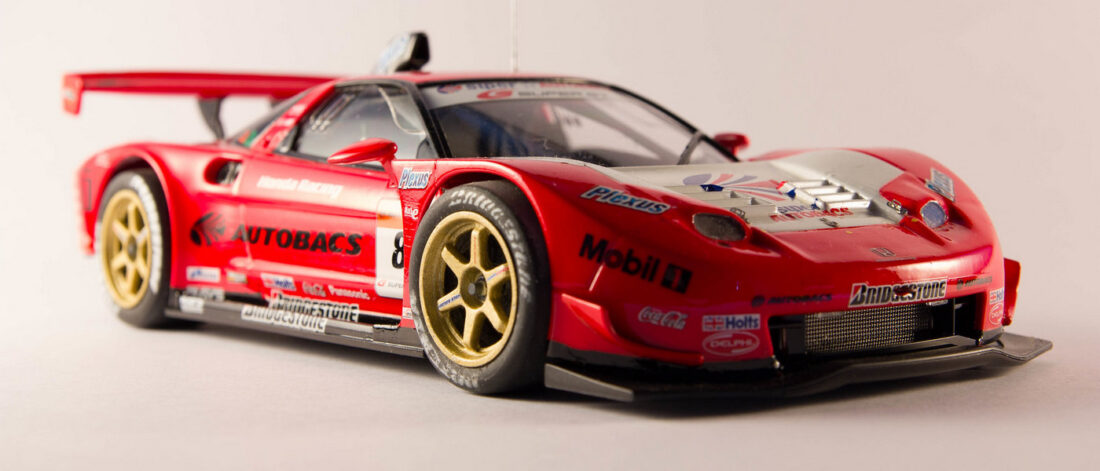
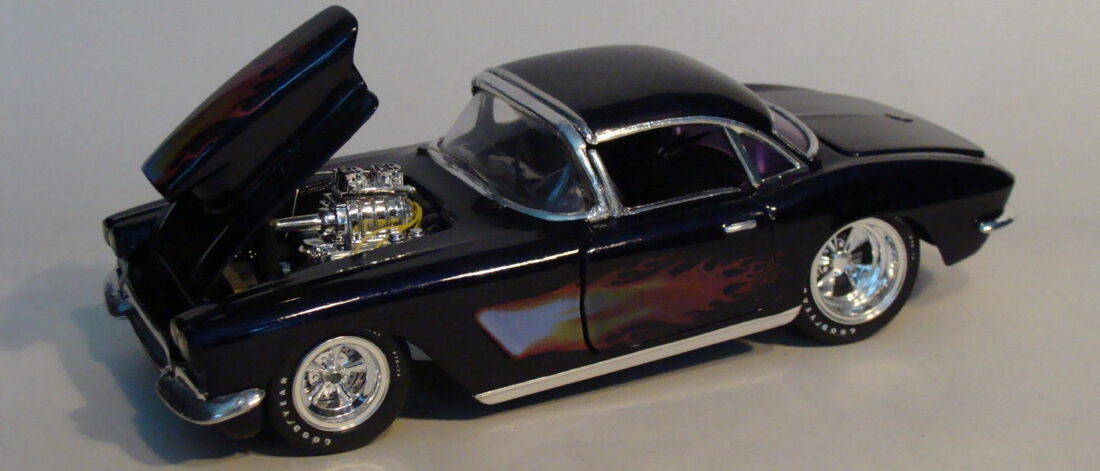
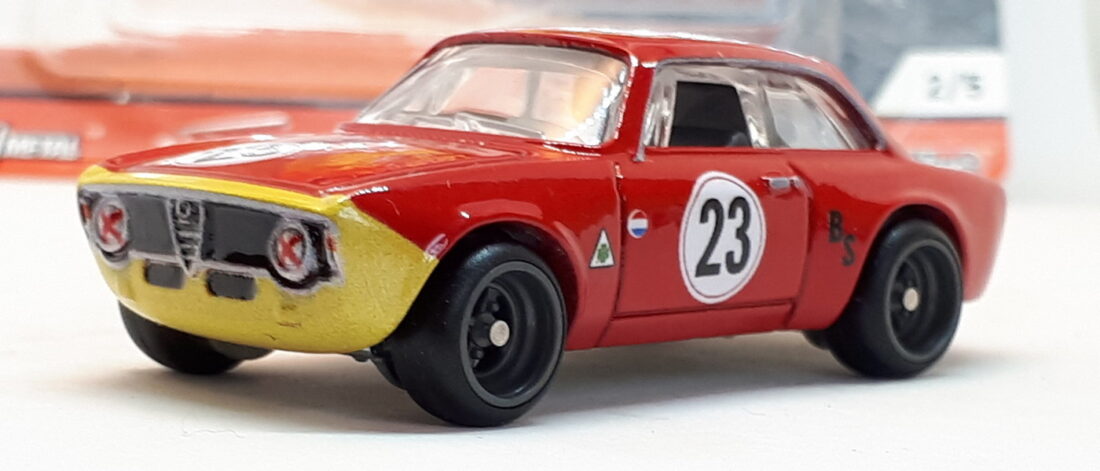
A brief historical excursion
Oddly enough, humanity began to get carried away with modeling three thousand years ago: archaeologists have repeatedly found wooden and clay copies of ships created by ancient Egyptian artisans. Since the Middle Ages, models of fortresses have been regularly used to plan the strategy and tactics of the coming battles. But modeling became a mass civilian occupation only at the beginning of the twentieth century. In 1932, the first assembly model, the Supermarine S6B seaplane, went on sale in England.
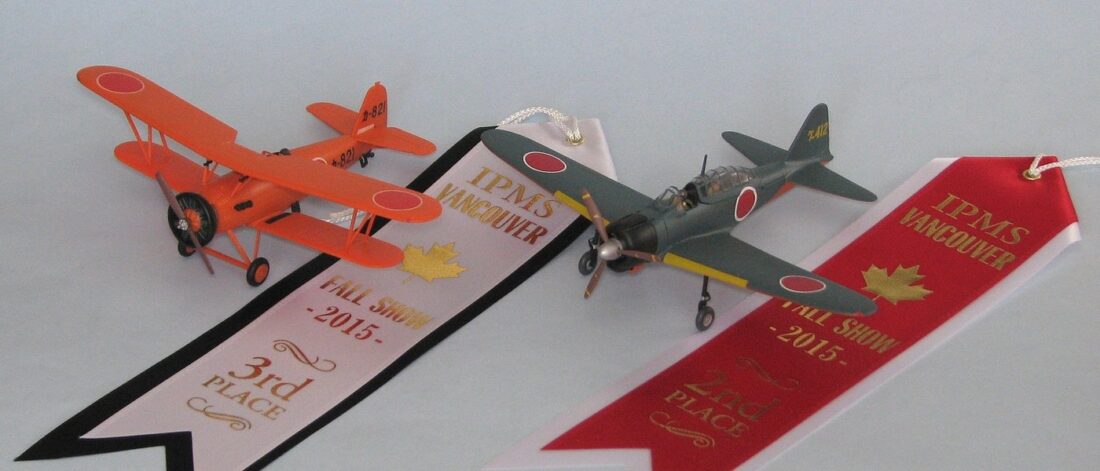
Goals and types of modeling
The incentives for building large-scale models of equipment (cars, aircraft, ships, trains), architectural structures (mainly world-famous sights) and human figures (soldiers of different times and peoples, including fictional fantasy ones) can be very different: the desire to create do it yourself, collecting and even sporting events and exhibitions.
Modeling in the modern sense is divided into two types: technical (operating models) and large-scale bench (another name is prototyping). Technical is the creation of models of vehicles and mechanisms that can move, and these are not always exact copies of real-life cars, planes and ships. Technical modelers are free to build models according to their own drawings from any available materials, taking into account only general norms and requirements. In the USA, Canada and many European countries, technical modeling is recognized as an official sport and competitions with large cash prizes are regularly held.
Stand modeling is a kind of creativity, in the process of which, with the utmost scrupulousness, copies of real objects are recreated on a strictly verified scale, with the repetition of all, even the smallest details. As a result, scale models are obtained that are as close as possible to the originals, including shades of paints, inscriptions and even dirt and rust (if the original has them). At the same time, a specific historical piece of equipment is often reproduced (for example, a personalized train or a tank), which has become an integral part of a significant historical event or an entire era. Unlike the current models, the bench cannot (or at least are not required to) ride, fly, or swim.
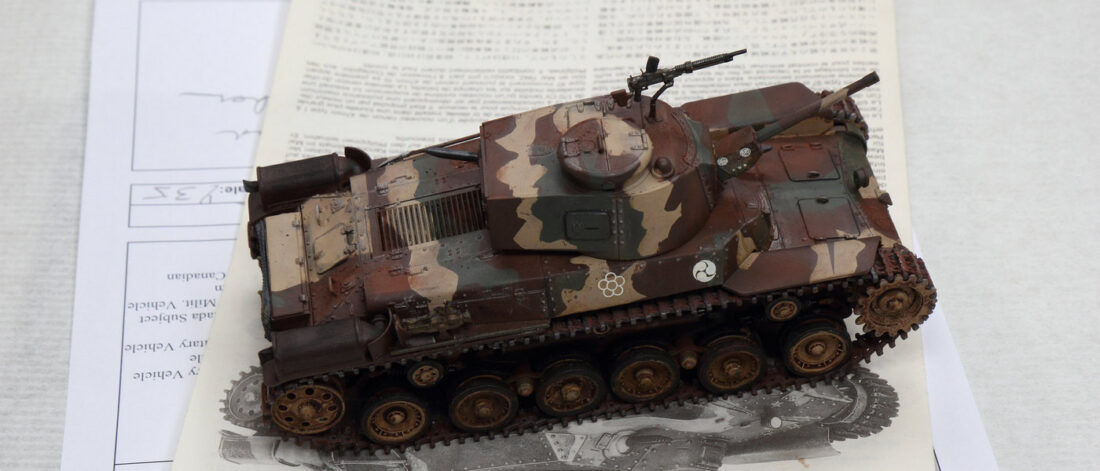
Where do beginners start?
The main materials for reproducing models are most often: plastic, cardboard, metal and wood. It is better for beginners not to take up technical modeling right away, as this will most likely require the skills of a carpenter, locksmith, electrical engineer, seamstress and a number of other professions. Simply put, technical modeling is, in most cases, not a constructor, but a “hand-made” one. It makes more sense to start with bench modeling, which allows you to purchase a complete set for assembling a particular model, complete with everything you need.
Ready-made kits are factory-made plastic (sometimes metal) disassembled models intended for gluing and subsequent painting. The most popular subjects of models are: cars and trucks, armored vehicles, ships, planes and helicopters, trains (including rails and stations), figures of people, and at the same time all this together – the so-called dioramas.
Prefabricated models are classified according to the generally accepted scale: from the smallest (1: 350, 1: 160, 1:87, 1:72, 1:43) to close in size to the original or even larger than it (1: 2, 1: 1 or 2: 1). There are also many intermediate scale options. The most common scales depend on the topic: for cars – it is 1:43, for aviation – 1:48, for trains – 1:87, for ships – 1: 350.
It should be noted that bench modeling, especially if it develops into collecting, is an expensive hobby, albeit less expensive than technical modeling. To get started, in addition to assembly kits, you will need the simplest office tools, glue, brushes and paints (in theory, any will do, but if finances allow, for convenience it is better to choose special models for painting, since they fit better on plastic and do not lose saturation longer) …
See the business results we deliver.
News
- Flugzeuge, Autos, Panzer: Die Entwicklung der Mobilität und Militärtechnik
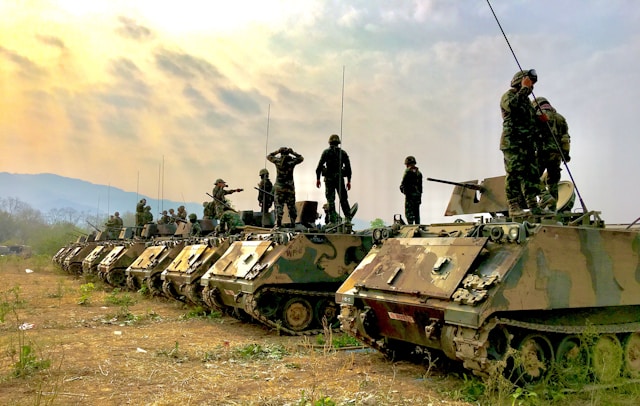 Europäisches Roulette, ähnlich wie die Welt der Flugzeuge, Autos und Panzer, ist eine Mischung aus Strategie, Präzision und Innovation. Seit der industriellen Revolution haben sich diese drei Maschinenarten zu entscheidenden Elementen des modernen Lebens und der militärischen Verteidigung entwickelt. Während Autos unseren Alltag bestimmen und Flugzeuge die Art des Reisens revolutioniert haben, spielen Panzer eine… Read more: Flugzeuge, Autos, Panzer: Die Entwicklung der Mobilität und Militärtechnik
Europäisches Roulette, ähnlich wie die Welt der Flugzeuge, Autos und Panzer, ist eine Mischung aus Strategie, Präzision und Innovation. Seit der industriellen Revolution haben sich diese drei Maschinenarten zu entscheidenden Elementen des modernen Lebens und der militärischen Verteidigung entwickelt. Während Autos unseren Alltag bestimmen und Flugzeuge die Art des Reisens revolutioniert haben, spielen Panzer eine… Read more: Flugzeuge, Autos, Panzer: Die Entwicklung der Mobilität und Militärtechnik - Plastic Models: Aircraft, Cars, and Tanks in the World of Star Wars Collectibles
 Exploring the Art of Scale Modeling and Its Connection to a Galaxy Far, Far Away Plastic model kits have long been a beloved hobby among enthusiasts who enjoy assembling and painting replicas of aircraft, cars, and tanks. This meticulous craft allows modelers to recreate historic machines, futuristic vehicles, and even iconic sci-fi designs from popular… Read more: Plastic Models: Aircraft, Cars, and Tanks in the World of Star Wars Collectibles
Exploring the Art of Scale Modeling and Its Connection to a Galaxy Far, Far Away Plastic model kits have long been a beloved hobby among enthusiasts who enjoy assembling and painting replicas of aircraft, cars, and tanks. This meticulous craft allows modelers to recreate historic machines, futuristic vehicles, and even iconic sci-fi designs from popular… Read more: Plastic Models: Aircraft, Cars, and Tanks in the World of Star Wars Collectibles - Visitor management software for model making trade fairs: Optimization of the exhibition of Plastic Models
 The smooth handling of visitor flows and exhibitor coordination is crucial to the success of model building trade fairs. Model building trade fairs, especially those that focus on the exhibition of plastic models, are special events with special requirements in terms of the Software Besuchermanagement. From the organization of exhibition logistics to targeted visitor guidance,… Read more: Visitor management software for model making trade fairs: Optimization of the exhibition of Plastic Models
The smooth handling of visitor flows and exhibitor coordination is crucial to the success of model building trade fairs. Model building trade fairs, especially those that focus on the exhibition of plastic models, are special events with special requirements in terms of the Software Besuchermanagement. From the organization of exhibition logistics to targeted visitor guidance,… Read more: Visitor management software for model making trade fairs: Optimization of the exhibition of Plastic Models - Digital tours through plastic model museums: integration of visitor management software
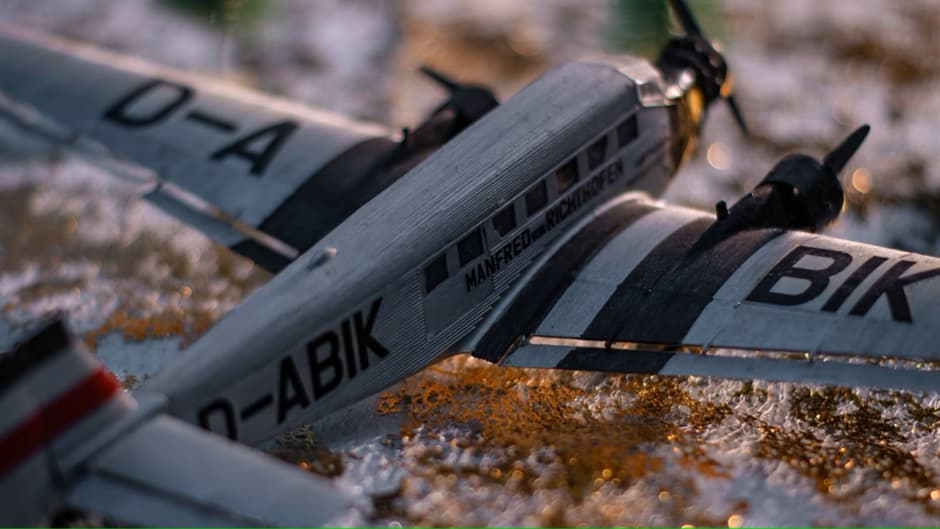 Digitalization has affected almost all areas of life in recent years, and museums are no exception. Especially in niche areas such as the exhibition of plastic models, digital solutions offer enormous opportunities to enrich the visitor experience and increase operational efficiency at the same time. A central role is played by the integration of visitor… Read more: Digital tours through plastic model museums: integration of visitor management software
Digitalization has affected almost all areas of life in recent years, and museums are no exception. Especially in niche areas such as the exhibition of plastic models, digital solutions offer enormous opportunities to enrich the visitor experience and increase operational efficiency at the same time. A central role is played by the integration of visitor… Read more: Digital tours through plastic model museums: integration of visitor management software

